
A flourishing spring garden begins months before the first bloom. Pruning at the wrong time can unknowingly erase all that floral potential. The key is learning each plant’s natural rhythm, because timing is a combination of science and art in harmony. Want your flowers to reward you with their best show yet? Keep reading.
Spring-Blooming Lilacs
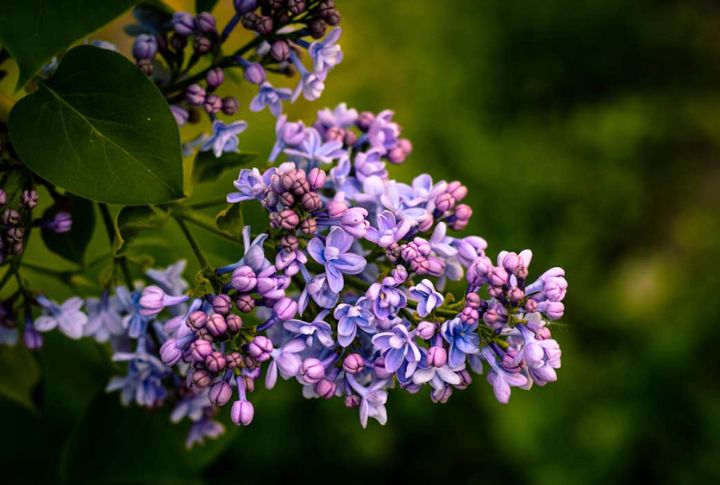
The lilacs fill the air with fragrance and signal spring’s grand entrance. But here’s the secret to keeping that magic alive—timing. Many gardeners unknowingly sabotage next year’s blooms by pruning in the fall. However, since lilacs flower on old wood, wait until after they finish blooming before reaching for the shears.
Hydrangeas
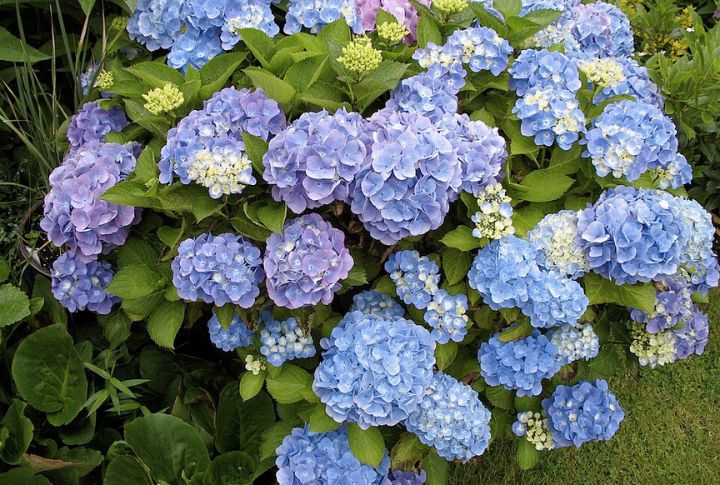
You might think of hydrangeas as classic garden shrubs, but some varieties actually climb! This plant family is full of overachievers. But big-leaf and oak-leaf hydrangeas share one common trait of blooming on old wood. So, pruning in fall means saying goodbye to next year’s blossoms.
Forsythia
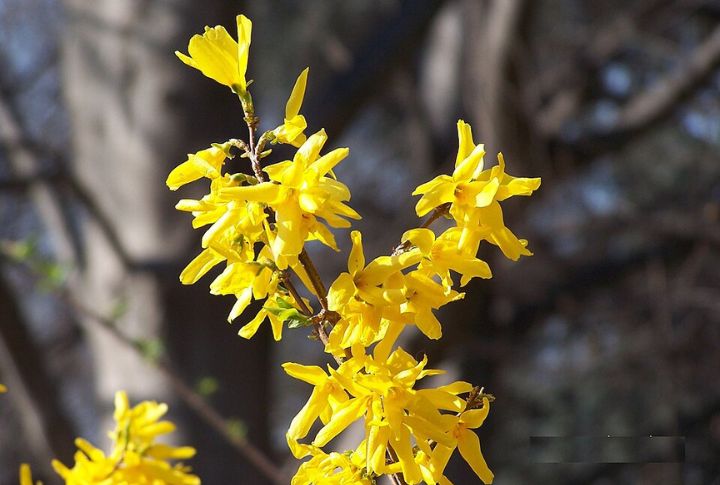
When forsythia bursts into that sea of yellow at winter’s end, it’s like nature shouting, “Spring is here!” But don’t let excitement lead to premature pruning. These fast-growing shrubs thrive in the sun and can reach up to 10 feet tall. Hold off pruning until after they bloom—from April through June—to keep that golden curtain alive.
Azaleas And Rhododendrons
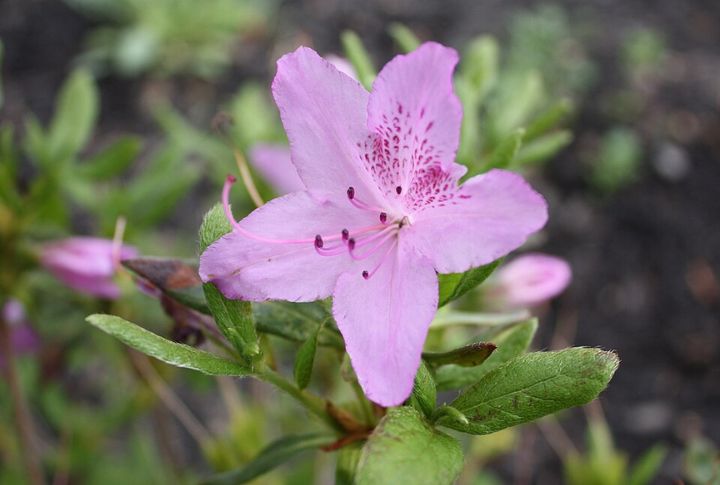
Spring wouldn’t be spring without azaleas and rhododendrons bursting into color. Fall pruning, though? Big no-no. The acid-loving beauties set their buds late in the season. Shape them only after the flowers fade, and you’ll get a show-stopping display next year without cutting off future blooms.
Clematis
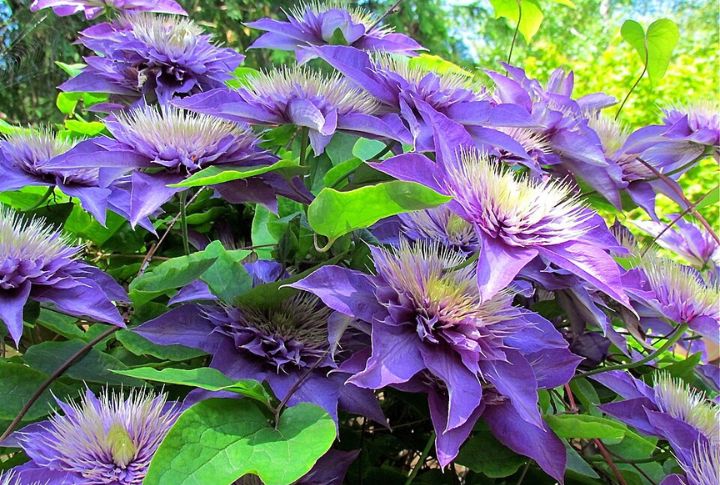
Clematis, the “queen of climbers,” is as majestic as it sounds. But even royalty has rules! Its twining vines can grow 10 to 20 feet long, and produce a rainbow of flowers from white to violet. The trick? Know your variety—some bloom twice a year—and prune right after flowering to keep this climber thriving and regal.
Apple And Pear Trees
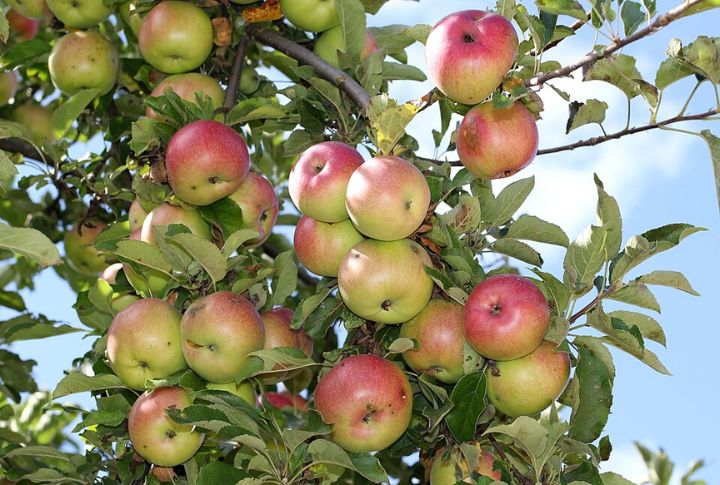
These Rosaceae family favorites produce flowers and fruit on spurs that last for years. Winter dormancy offers the perfect window for pruning and lets cuts heal naturally before growth resumes. Wait for the chill to pass, and your harvest will thank you.
Roses
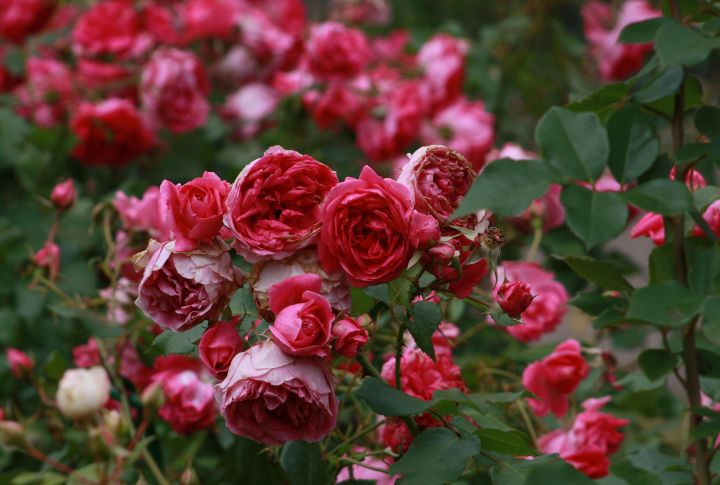
Roses may be the crown jewels of any garden, but they’re also a bit fussy about timing. Most modern varieties bloom on new stems, while heritage roses rely on older canes for their charm. Pruning in fall invites frost damage, but waiting until late winter or early spring keeps plants strong and bursting with color.
Dogwoods
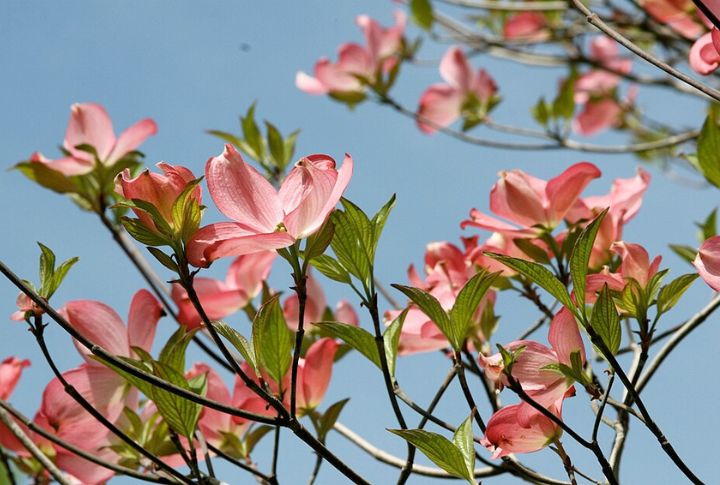
These are true garden performers that burst into bloom each spring and stand elegantly bare in winter. Those lovely “petals” you admire? They’re actually bracts, not flowers! For best results, let the tree rest through fall and prune only in late winter when it’s dormant and resilient.
Boxwood And Yew
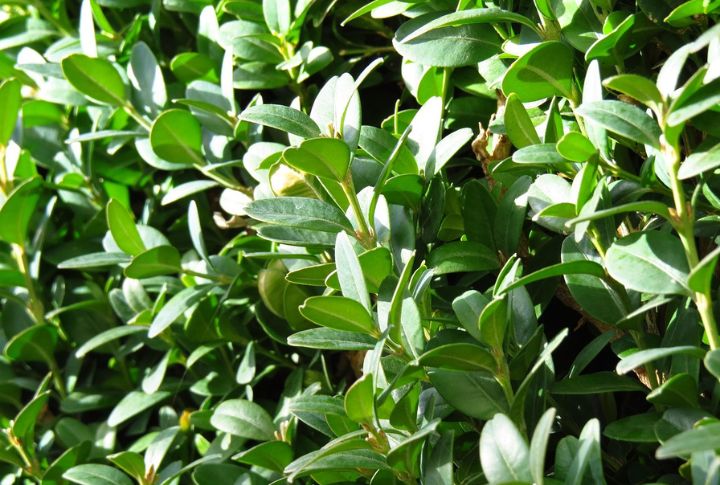
Boxwoods and yews are the quiet aristocrats of the garden, best handled with care. Because they grow slowly, they dislike aggressive pruning. Garden experts wait until late spring or early summer, once the tender new growth matures, to shape them into those timeless, structured forms that last through winter.
Spring-Blooming Magnolias
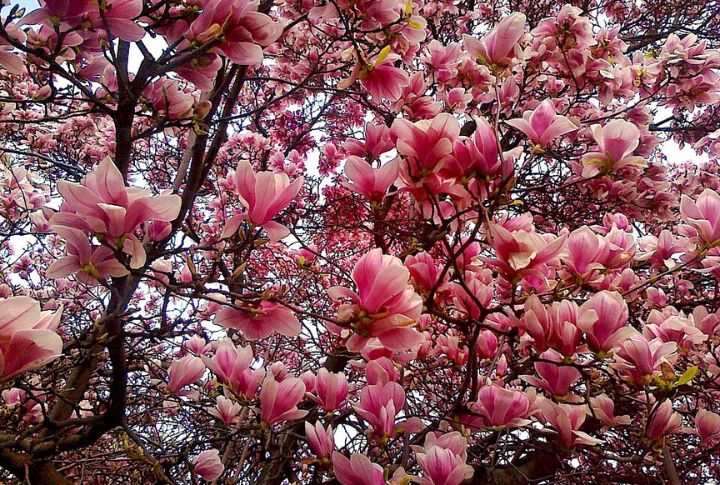
If your magnolia skipped its big spring performance, pruning timing might be the culprit. These trees store their floral energy in thick, fuzzy buds that form months in advance. Cutting in the fall removes them before they can bloom. Instead, allow flowering to finish, and your magnolia will come back in full glory.

